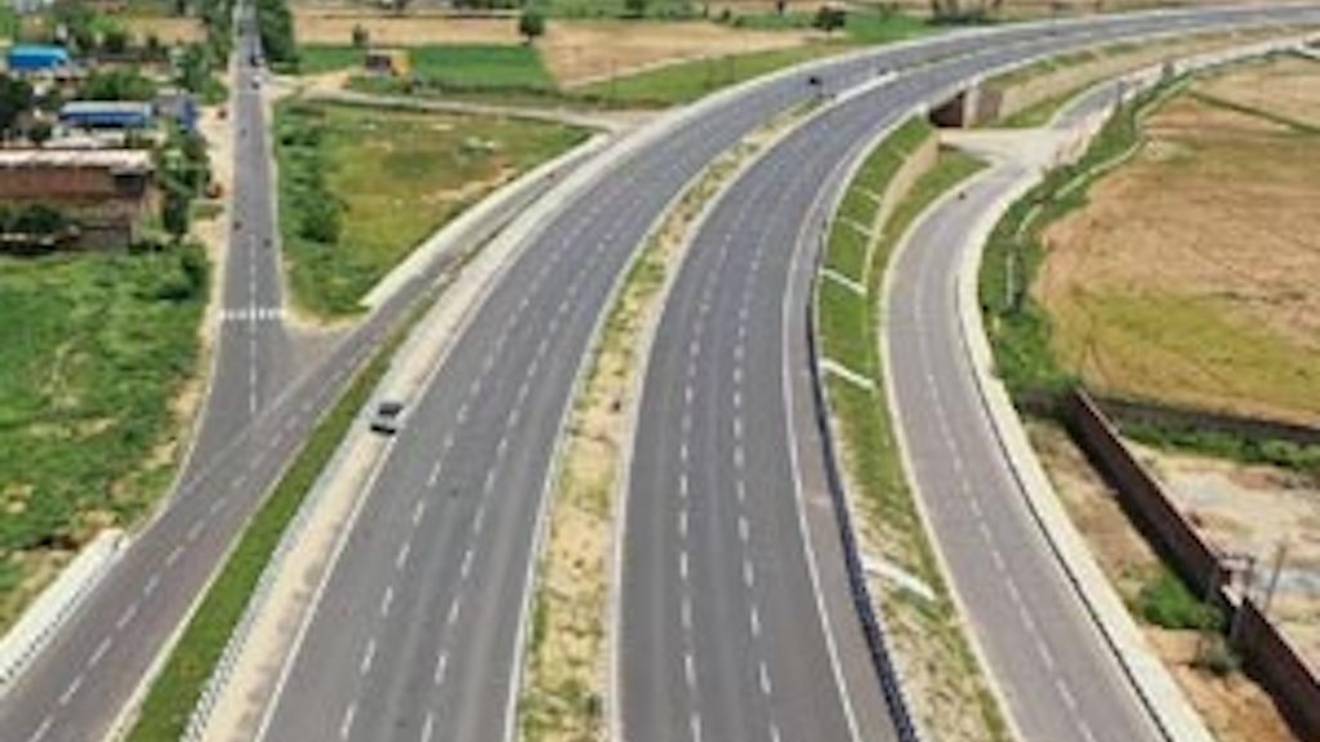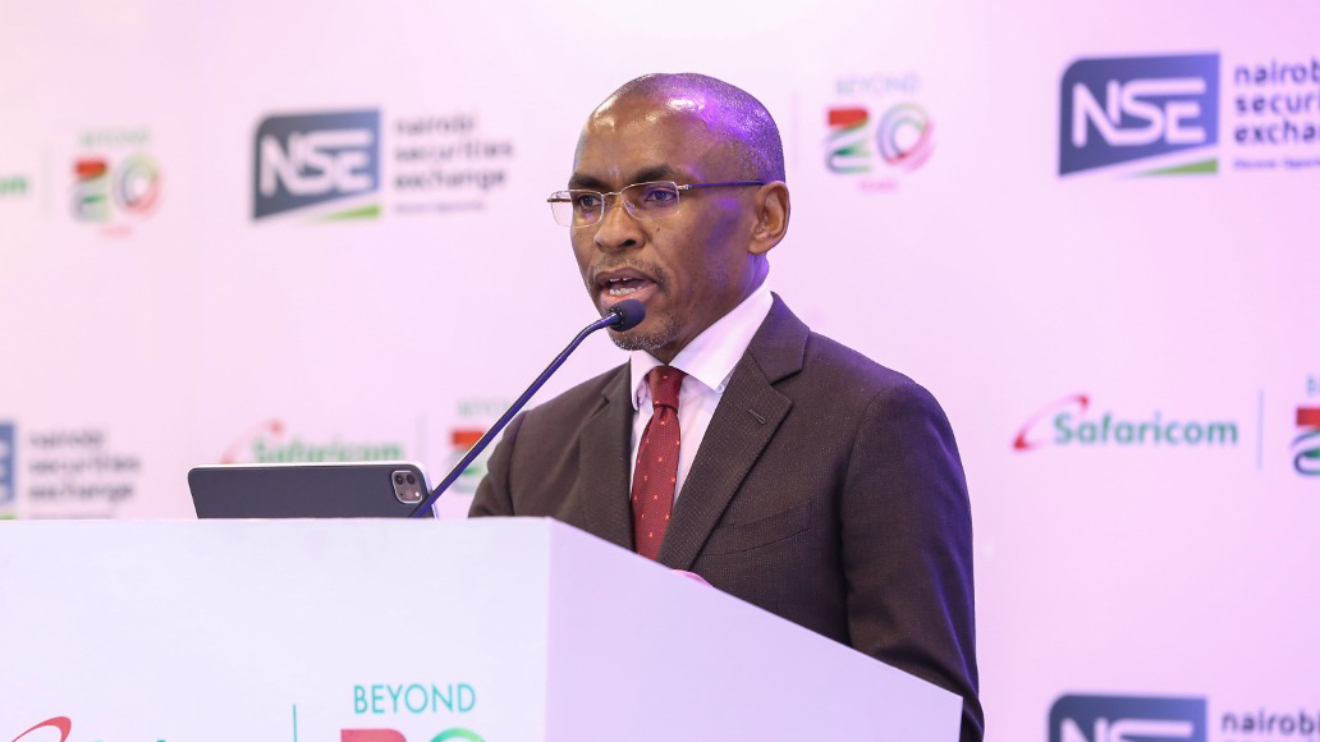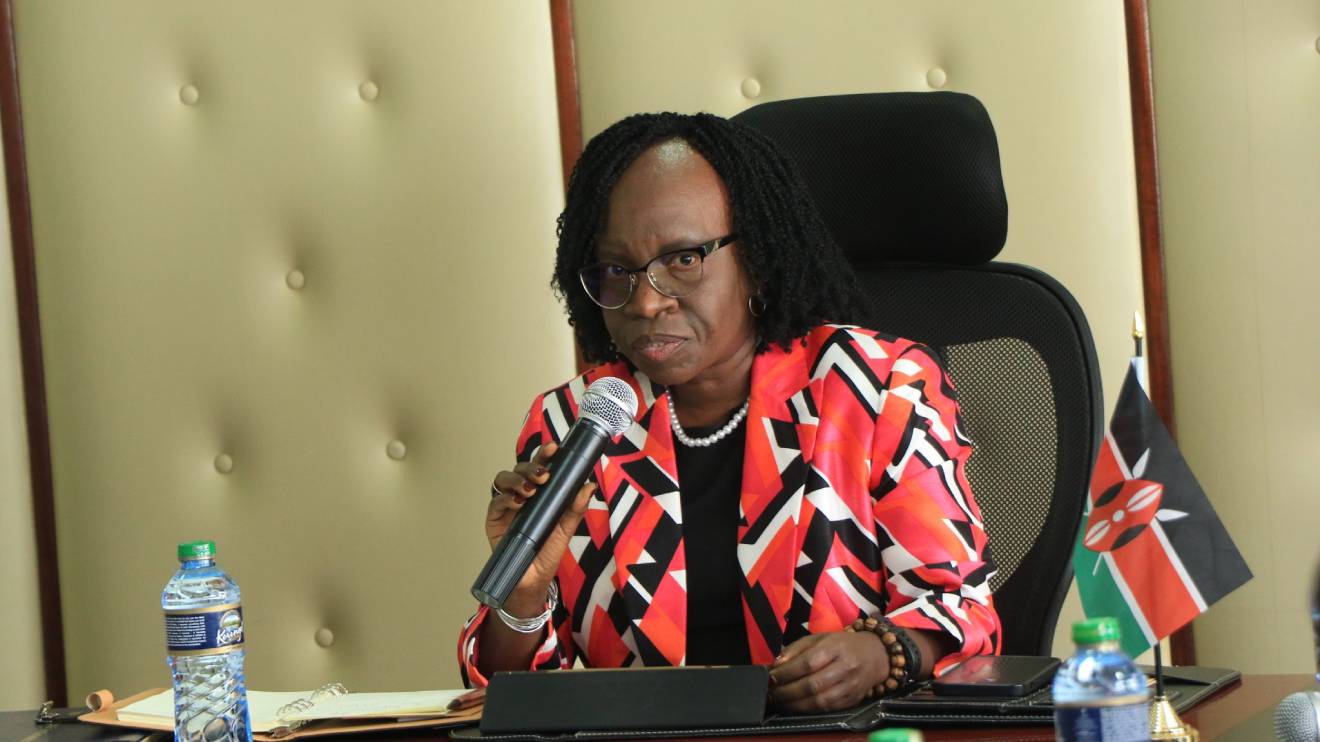Kenya's National Highways Authority (KeNHA) is charting a bold course for its road network over the next five years, aiming to spend Sh394 billion on construction, rehabilitation, and upgrades.
However, a challenging fiscal landscape with a reduced budget allocation from the Treasury necessitates innovative financing solutions.
KeNHA is strategically embracing Public-Private Partnerships (PPPs) and toll roads to bridge the funding gap and deliver on its ambitious goals.
Prioritizing Network Enhancement:
The core focus of the budget allocation, Sh192.5 billion, lies in enhancing major existing roads.
Read More
This includes the much-anticipated dualling of the Rironi-Nakuru-Mau Summit highway, a critical artery for trade and travel.
New road construction, primarily focused on completing ongoing projects, will receive Sh117 billion, while Sh84.5 billion will be directed towards rehabilitating roads in dire need of repair.
Public-Private Partnerships: A Strategic Pivot:
Recognizing the funding constraints, KeNHA is actively pursuing PPPs as a key strategy to bridge the financial divide.
Mobilizing funds for three toll roads, including the Rironi-Nakuru-Mau Summit upgrade, is a top priority.
Additionally, the landmark 473-kilometer Nairobi-Mombasa Expressway, with a budget of Sh25 billion, will also be built through a PPP model.
This shift towards private sector involvement signifies a strategic adaptation to the current fiscal climate.
Connecting Remote Regions: A Commitment to Inclusivity:
Beyond major highways, KeNHA remains committed to developing crucial links in underserved areas.
Projects like the Isiolo-Mandera, Barpello-Marichpass, and Marsabit-Segel-Maikona roads aim to provide access and connect arid and semi-arid regions.
This focus on inclusivity will bolster livestock production and market access, fostering economic development in these often-overlooked areas.
Funding Challenges and Multi-Pronged Solutions:
Despite the ambitious plan, achieving these goals hinges on securing adequate funding.
KeNHA estimates a total need of Sh653 billion, surpassing the available resources by Sh259 billion.
The maintenance backlog further complicates the picture, requiring Sh13 billion annually to clear.
To bridge this gap, KeNHA is pursuing a multi-pronged approach.
It plans to lobby the government for increased funding, advocate for ring-fencing the Road Maintenance Levy Fund, and engage development partners for major projects.
Additionally, enhancing internal revenue generation and embracing PPPs and toll roads are crucial aspects of their strategy.
Navigating the Tightrope: A Vision for a Connected Future:
The road ahead for Kenya's highway development is paved with both ambition and financial constraints.
While KeNHA's strategic plan outlines a clear vision for a more connected and efficient road network, innovative financing solutions and strategic partnerships will be essential to navigate the tight fiscal space and deliver on its promises.
By leveraging PPPs and exploring diverse funding avenues, KeNHA can bridge the gap between aspiration and reality, ensuring the development of a resilient and inclusive road network for Kenya's future.








-1757101509.jpg)